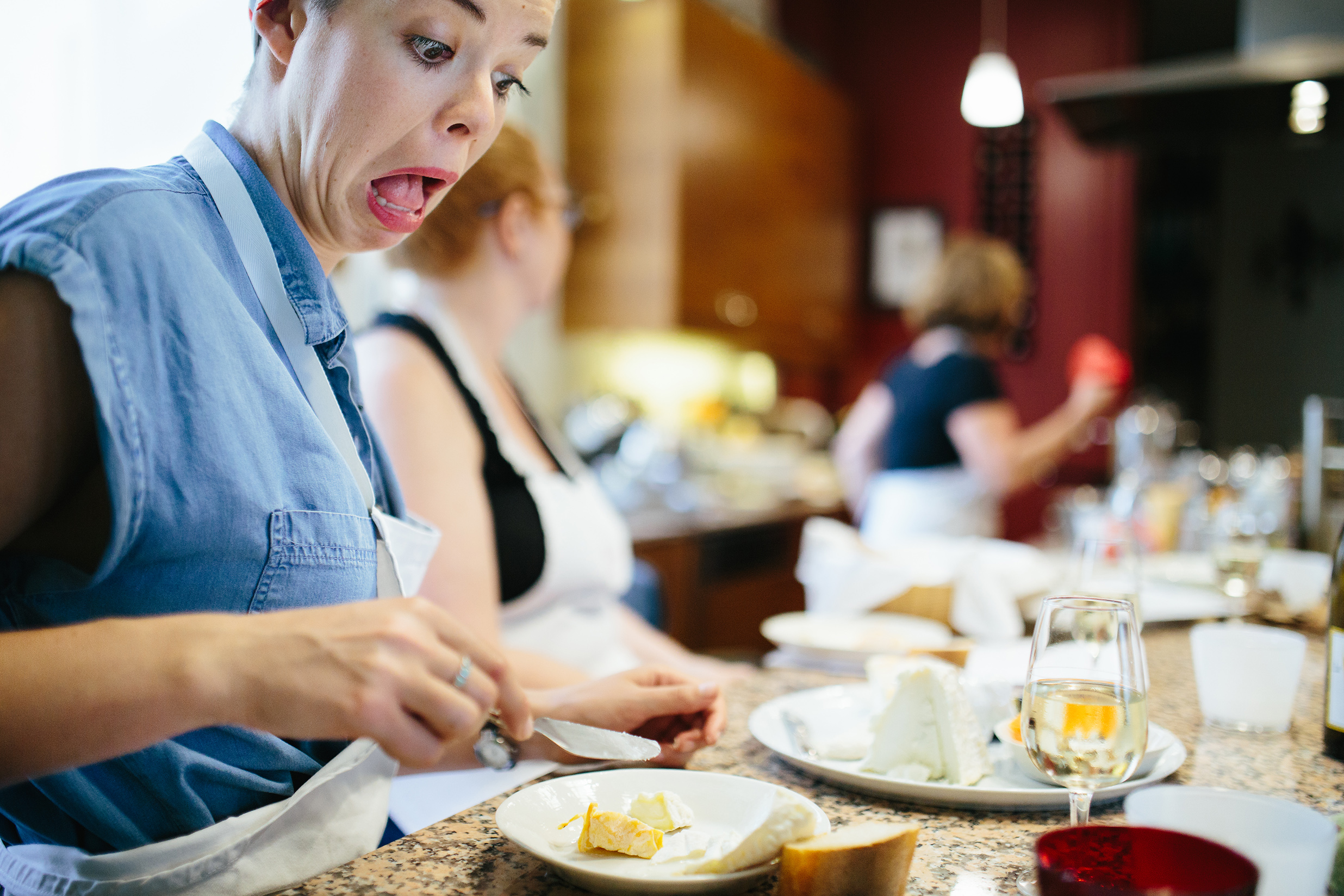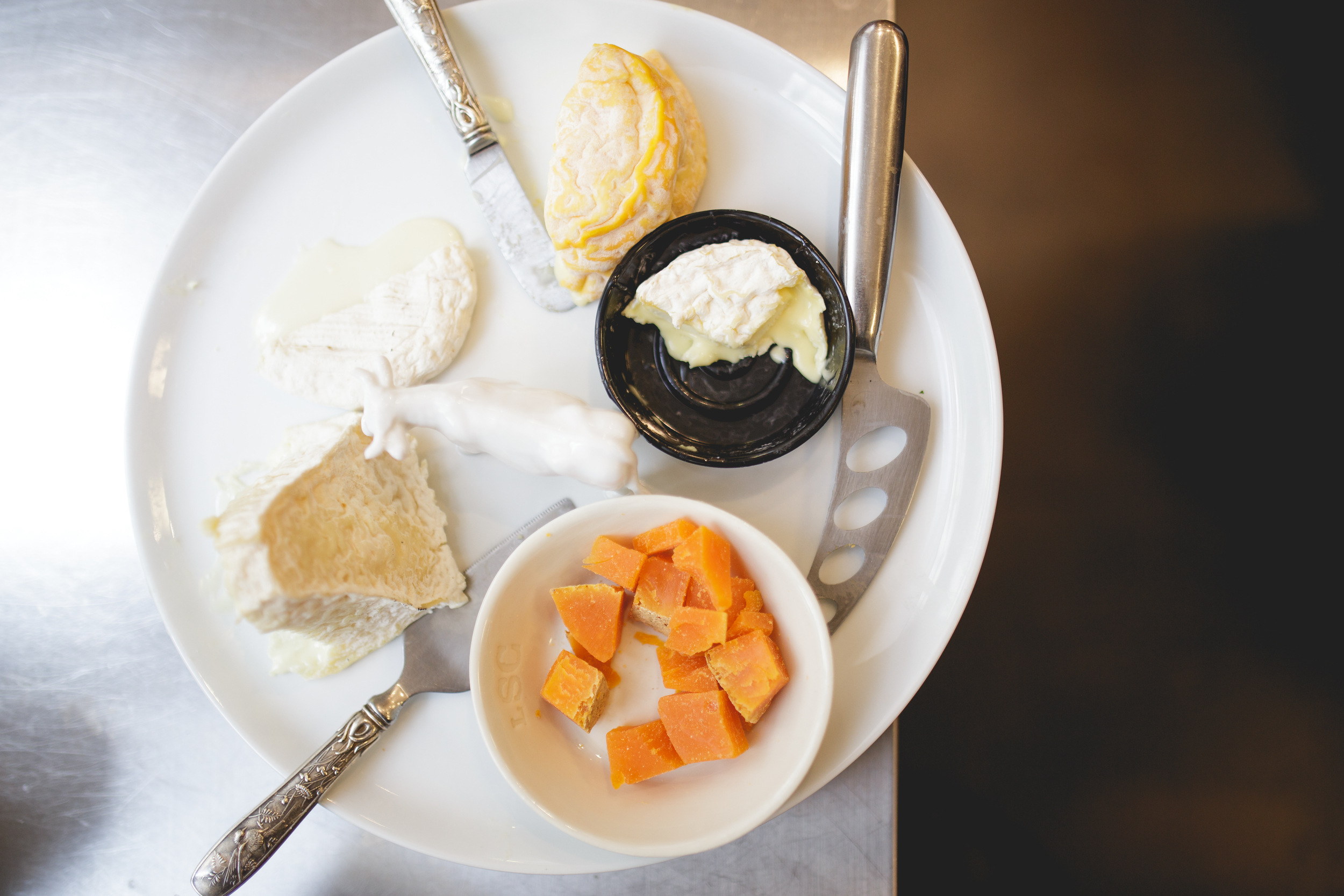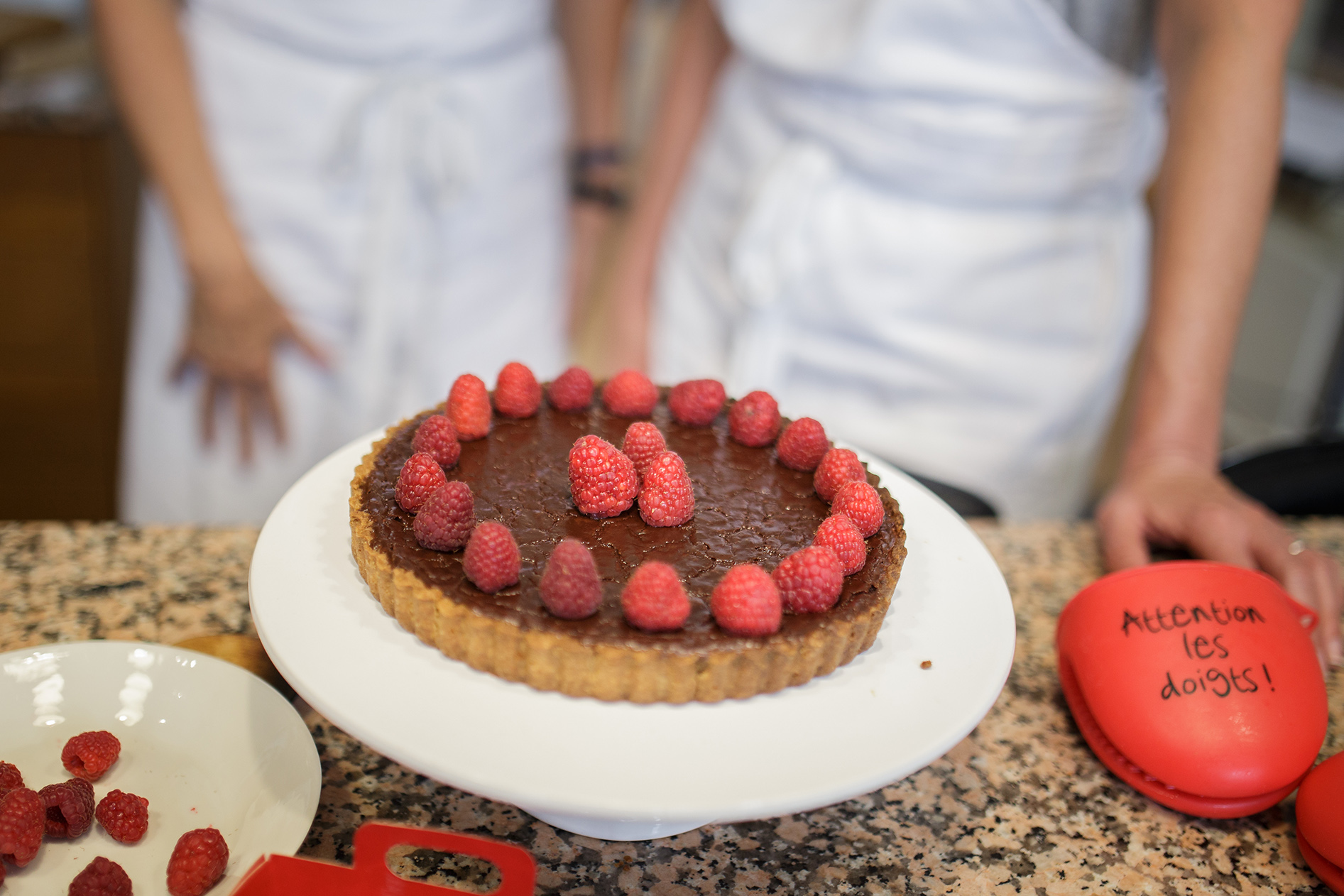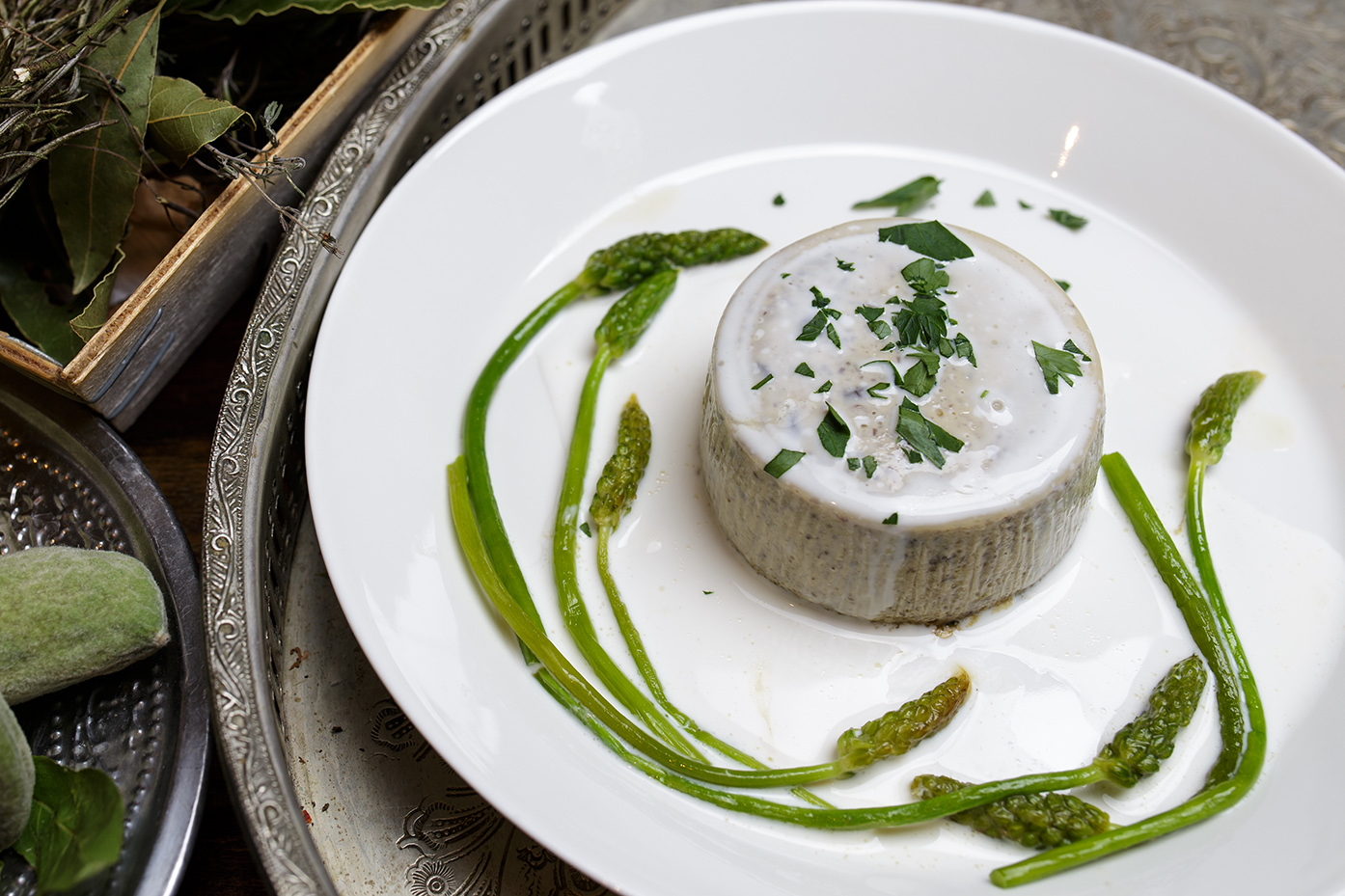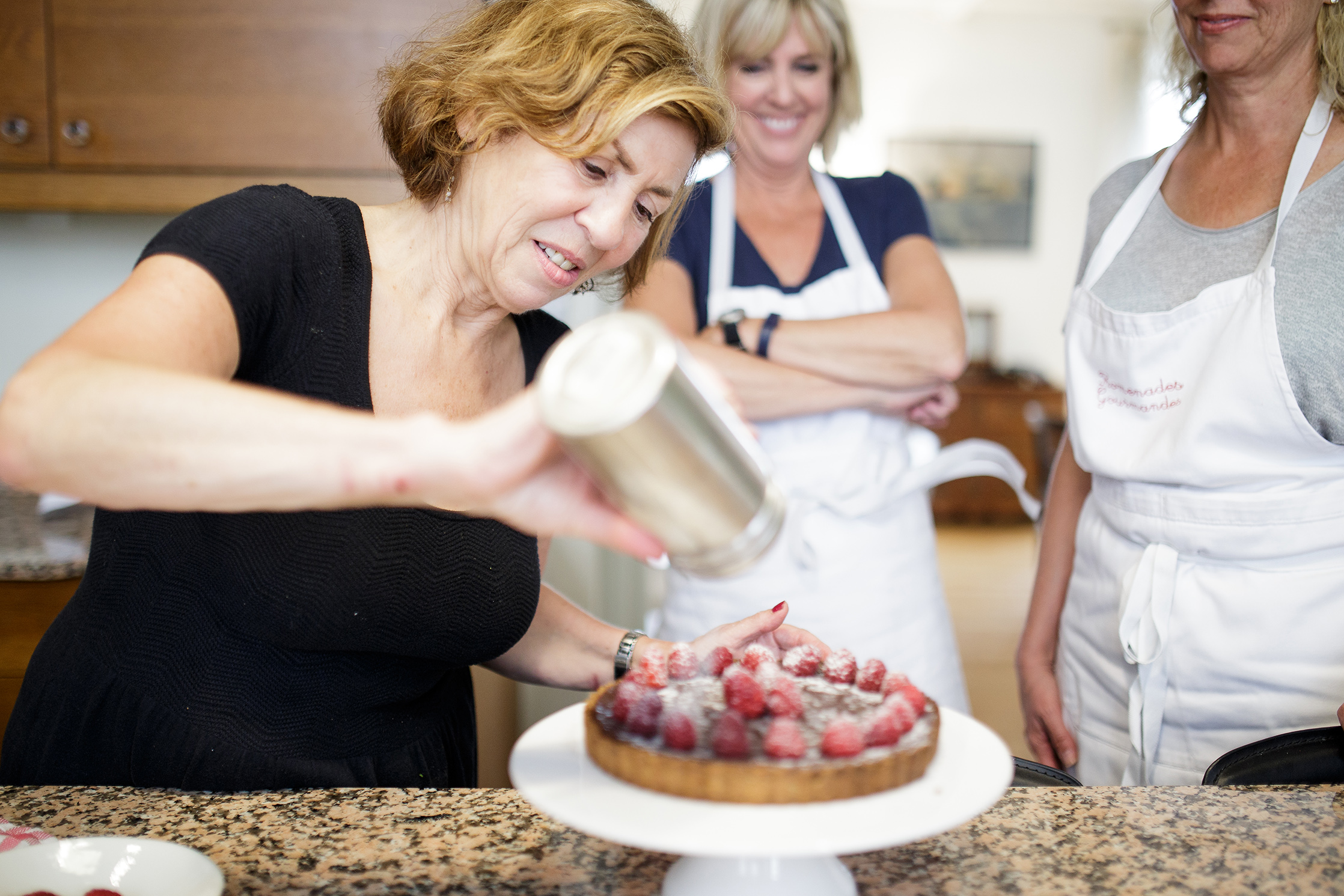Anna's Adventures: Cooking authentic French cuisine
/Published in PRIMOLife Magazine September 2015
Read the whole magazine online for free at Issuu.com
“Turn it! Turn it!”
Oil spits out of the sizzling pan, splattering my white apron and everything in the vicinity. I stand back, wielding shiny kitchen tongs like Steve Irwin fending off a particularly aggressive snake. Amid the encouragement of my companions, I flip the excitable chicken pieces one by one.
I like to cook, but usually without an audience so I can hide the chaos, the panic, the improvising and the fact that I’ve used every single dish in the kitchen. Yet here I am, in the beautiful Parisian home of Paule Caillat, aka, a proper French cook.
Offering cooking classes in English for more than 20 years, she is an integral part of the Parisian foodie scene. I’ve opted to take one of her market shopping and cooking lessons, along with three ladies from the US keen to get a slice of the famous French savoir faire.
cooking can be a team sport. IMAGE VALENTINE TCHOUKHOUNINE
We all meet on rue Montorgeuil, outside the famous patissier ‘Stohrer’, founded in 1730. I admire the glossy chocolate eclaires and rum-soaked brioches I can see through the window, but desserts will come later. Rue Montorgeuil is one of Paris’s most famous market streets, and was for more than eight centuries right next door to the vast food market of Les Halles. Nicknamed ‘the stomach of Paris’, it disgorged the best produce from all over the country until 1969, it is survived by top quality restaurants and streets like Montorgeuil.
Paule knows everybody on the street, and guides us through the bakery, cheese shop, butcher, and fruit and veg store with ease, pointing out handy little labels that tell us not only which country everything originates from, but exactly which region.
Seasonality is essential to French cooking, she explains, so while she has a menu in mind for the day, “You get what they have”, and there are no guarantees. Today we are in luck, and everything we need is within easy reach. Back in Paule’s beautiful kitchen, we get cracking. Aprons are tied, hands are washed, and the preparation begins.
IMAGE VALENTINE TCHOUKHOUNINE
White asparagus, only in season for about six minutes each year, is a last minute addition to the menu. We peel away the coarse outer skin and chop off the woody base. Much larger than regular spear asparagus, it looks positively enormous next to the tiny, bright green wild variety we have also chosen to accompany our entrée.
Portobello mushrooms are next to get the chop, and out comes the parsley. We all reach around for knives, but are stopped in our tracks as Paule throws the parsley into a glass tumbler, and begins snipping away with kitchen scissors. We are gobsmacked. This is probably the single most useful kitchen tip I’ve ever learned, but Paule will take no credit.
“This is how all French women do it!”.
A self-proclaimed cook, not a chef, she is full of tricks and tips, all delivered in her quintessentially Frenchy style. “Voilà!” features heavily, and all opinions are strong “Never wash raspberries! Never!”.
We prepare both the entrée, Warm Mushroom Patés with a creamy sauce, and the main, Chicken Breast with Orange and Apricots, before we do anything else. I wrap the ultra-fine slices of bacon around the chicken breasts, already stuffed with dried apricots, and I gently poke sprigs of thyme under the bacon while Paule gets us started on the sauce. Over a hot pan, we freshly squeezed orange juice, honey, soy sauce and spices. As it reduces and cools, we have a taste and gasp as our mouths explode with a flavor sensation. I’ve never tasted anything so wild.
chicken with dried apricot and tender carrots. Image Valentine tchoukhounine
It feels like a zillion different dishes are on the go at once. Asparagus are boiling, chicken breasts are in the oven, the mushroom patés are cooking in their bain marie, and some seriously delicious odours are wafting up from the pan of caramelizing spiced carrots…
Amid all of this, Paule whips out a cheese platter, and instructs us all to sit around the table. Eating our way through the plate from soft to hard, gentle to strong flavours, we learn about the history and particularities of each variety. Paule knows it all. One particular nugget is wrapped up in what we guess are grape leaves.
“No!” Paule exclaims “Now why would they be grape leaves?”
Think about it, she instructs, and remember “what grows together, goes together”. The leaves are revealed to be chestnut, neatly encasing the delicious and delicate Banon goat’s cheese. We finish with the hard orange Mimolette, the favourite cheese of President and war hero Charles de Gaulle, and I reflect on how eating cheese in France is a bit like biting your way through the culture and history of each diverse region.
I’m starting to worry that I won’t have any room for the actual courses, and we haven’t even started making the dessert yet. Paule is teaching us how to make a chocolate tart with her very own family crust recipe. It involves a lot of butter, a lot of heat and vigorous stirring. I could go into more detail, but then I’d have to kill you.
Finally, it’s all done. We plate up our delicious courses, à la Masterchef, and carry them through to the beautifully set dining room. I’m astonished to think that I have contributed to this magazine-worthy display, and even more so to know that I could actually make every dish back home, although maybe not all at the same time.
The best part is, instead of an interrogation and a lot of worried looks set to tense Masterchef music, Paule just gives a nod of approval and a smile, and we tuck in.
Bon appétit!
Want to read more of my crazy adventures like rock climbing, rowing and flying trapeze? Click here!
I also write about travel all over the world: click here to read more.

